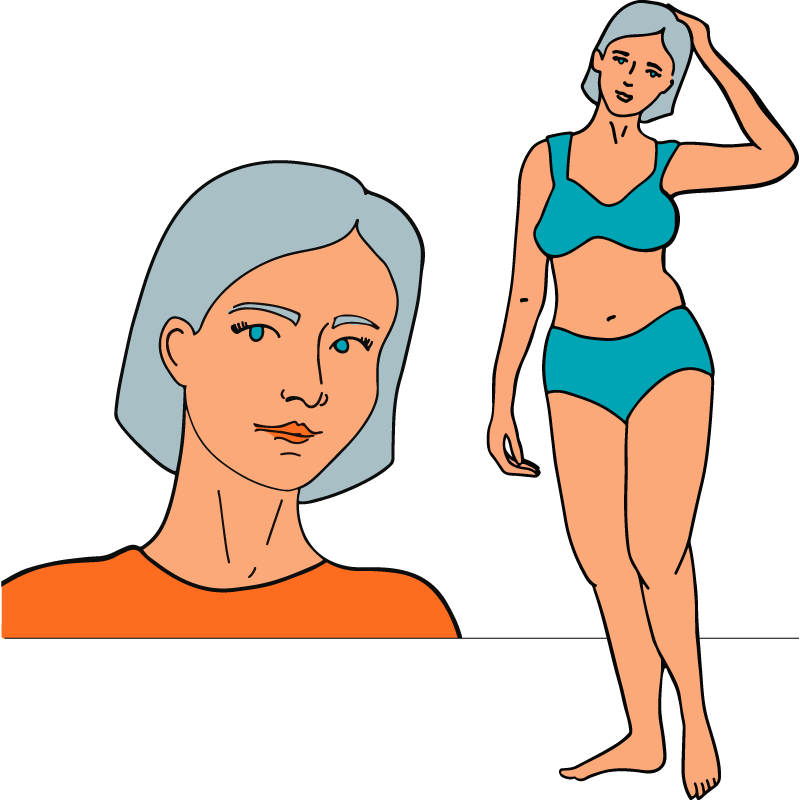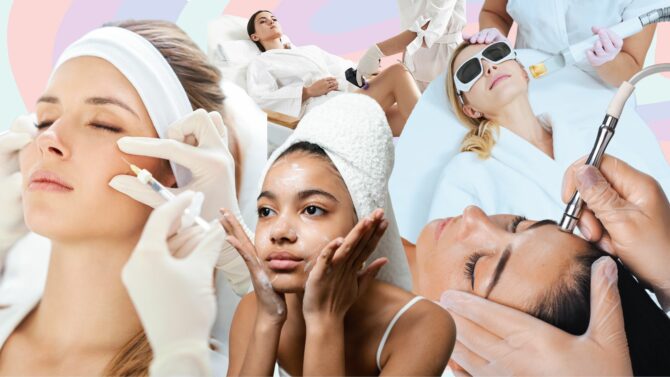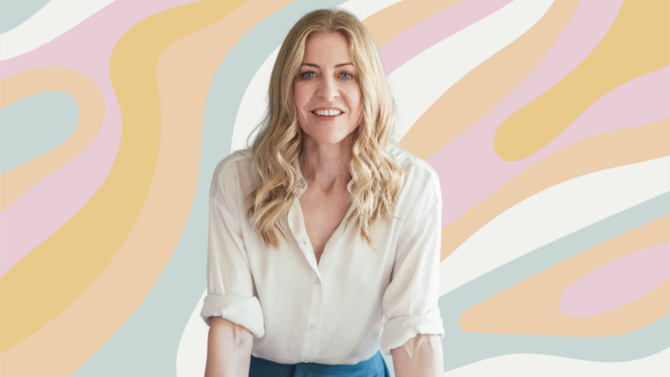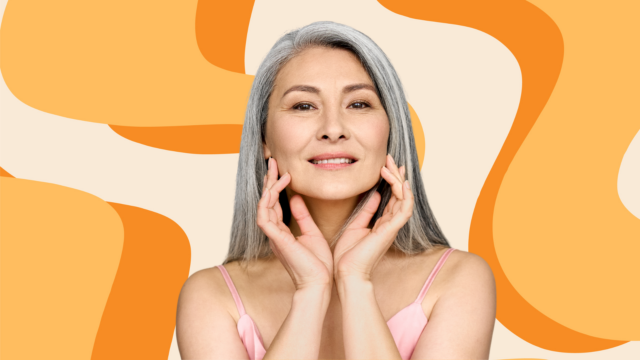What are thread veins?
Thread veins are capillaries (minuscule channels that link your veins and arteries) that have become enlarged and show up as thin red lines on the face and legs. They tend to congregate around the nose and across the cheeks, and around the thigh or calf area. The colour in thread veins comes from haemoglobin, the red-coloured protein that shuttles oxygen through your blood.
Thread veins are often referred to as ‘spider veins’, because they squiggle all over the place, or ‘broken veins’, because they look as though your veins are leaking blood. Gruesome as these monikers are, they just refer to capillaries – which everybody has near the surface of the skin – that have become larger and are therefore more visible.
The technical term for thread veins is telangiectasia, a Greek tongue-twister in which telos means ‘end’, angeion means ‘vessel’ (as in ‘blood vessel’, not the Queen Mary), and ektasis means ‘becoming dilated’.
What causes thread veins?
Getting thread veins is partly genetic, which is just bad luck, and partly due to lifestyle or environmental factors. Too much exposure to ultraviolet light (that’s bright sunshine and/or just daylight), to wind, or to extremes of temperature all age the skin; and like the skin, thread veins lose their elasticity with age. If your skin flushes red easily, the repeated stretching of the veins means they can lose that elasticity faster; and once the veins stay enlarged, they become visible on your face. You’ll often see thread veins in heavy drinkers because alcohol causes your blood vessels to dilate and the face to flush.
Does ageing cause thread veins?
Age doesn’t directly cause thread veins, but it certainly plays a role in their appearance. As we age, our blood vessels become less elastic, so veins in your face can gradually become enlarged and therefore more visible. Your skin also becomes thinner with age, which increases the visibility of those under-the-skin blood vessels.
Can I use laser to get rid of thread veins?
Yes. Laser is great for removing thread veins. See the section ‘What is the best treatment for thread veins?’, further down this page, for details.
Can I use skincare to get rid of thread veins?
In a word – no.
Some skincare products may temporarily shrink the thread veins a little, but they will not clear the veins or get rid of them. Realistically, your best bet with skincare is to cover up obvious thread veins with a well-pigmented concealer.
That’s the bad news. The good news is that treating thread veins is not only straightforward but actually gets rid of them. See the section ‘What is the best treatment for thread veins?’, further down this page, for details of the main treatment options.
How can I prevent thread veins?
You can’t entirely prevent thread veins, so don’t give yourself grief if you’ve started developing them. But you can take the following five steps to delay the appearance of thread veins and to reduce their visibility:
- Look after your skin. Keep it clean and hydrated; exfoliate it; and apply sunscreen.
- Go easy on the alcohol. Drinking alcohol can make thread veins worse by causing dilation of the blood vessels, which stretches them.
- Avoid extra-hot drinks. Drinking anything very hot can also exacerbate thread veins.
- Shun saunas. Extreme heat can be great for sweating your skin cleaner, but it’s likely to encourage thread veins.
- Avoid spicy food. Phall, vindaloo, Scotch Bonnet – any food spicy enough to make your face flush can make thread veins more visible. This effect is usually only temporary.
Can I permanently remove thread veins?
Yes. Treatments such as laser, intense pulsed light, and microwave treatment can permanently banish your current crop of broken veins.
But – there’s always a ‘but’, isn’t there? – as your skin ages, it will doubtless produce other thread veins, which you would then also need to have removed.
There are several highly effective treatments for thread veins. Which treatment is best depends on the size, the location, and the colour of your thread veins, so you should consult an expert practitioner for advice. Your treatment options may also depend on your skin tone, as some laser and intense pulsed light devices do not work well on darker skin.
Here is essential information about the four of the best treatments for thread veins:
Intense pulsed light (IPL)
Intense pulsed light (IPL) is very effective on thread veins, because the light energy is attracted to the red haemoglobin pigment in the veins, and breaks up the pigment so that the body can disperse it. You will probably need more than one treatment, depending on the extent of the veins. On the downside, having IPL feels like having your skin flicked lightly with rubber bands – not great, but not as bad as going to the dental hygienist.
Laser
Lasering thread veins is a quick and effective way to clear them. If you’re wondering whether there is a catch, it’s not exactly pain-free.
Lasers are calibrated to fire their concentrated beams of light at a certain wavelength to a certain depth in the skin. To disperse thread veins, your practitioner targets the haemoglobin, the red pigment in your thread veins, shattering it into smithereens. Each thread vein needs only a few quick zaps to treat, so the pain – though eye-watering – is short-lived. Over the next week or so, the thread veins gradually vanish as your body disperses the broken pigment they contained.
Microwave Treatment
This is sometimes called thermocoagulation and involves placing a fine, insulated needle just above the vein and passing a microwave current through it, every 2mm along the length of the vein. The heat energy from the low-level microwave current causes the vein to close up and become absorbed by the body, vanishing almost instantaneously.
Microneedling
Also known as medical needling or Collagen Induction Therapy (CIT), this involves using tiny needles to punch tiny holes in the surface of your skin. This damage stimulates a wound-healing response and increases the production of collagen, the protein that gives our skin its structure and firmness and that forms the scaffolding for the skin. Done right, microneedling can refresh the surface of your skin and can reduce – but not remove – thread veins.






 The Tweakments Chatbot
The Tweakments Chatbot